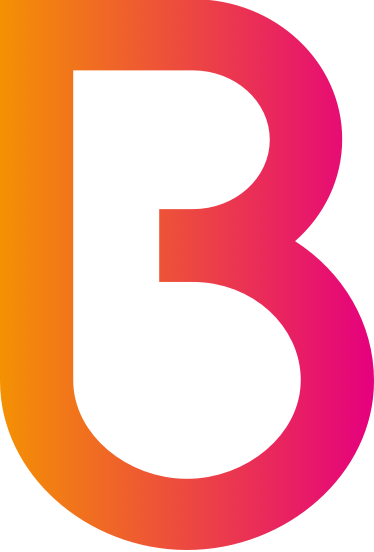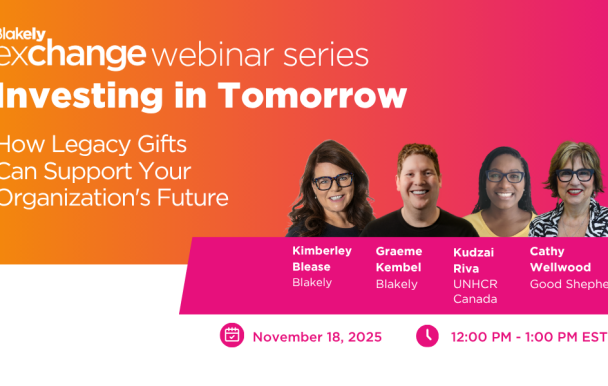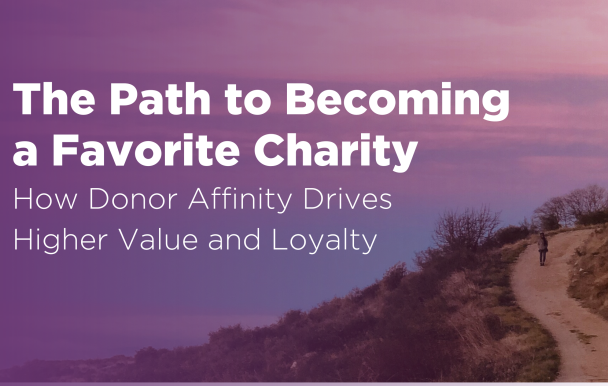Legacy Giving Deserves a New Approach to Measurement
One of the oldest ways to give money to good causes we love has been a legacy gift. History has recorded a powerful, generous, and reflective way to give at the end of someone’s life. For modern charities, we have tried to balance our sense of wonder and joy at the unexpected gift with the need to inspire more, to know more, to control more around this critical area of giving. Isn’t it time to connect with a new and more realistic approach to measuring?
Before we go forward, let’s look back a little. In 1947 Robert F Sharpe suggested moving from the term ‘deferred gift’ to a new term ‘planned giving’, i.e., when a person makes a planned gift, it suggests forethought. This thinking was rooted in a high-value, tax and legal planning world, which has been a remarkable source of generous funds. But today, as donors’ wealth is more evenly distributed we have an even bigger, mass opportunity. One where we need to better understand donors’ needs and create something that better reflects true intent and behaviour. In reality, some people plan gifts ahead and tell the world. Some, plan and never tell a soul. Some react and act at the very last minute.
As charities grew, and we tried to plan ahead ourselves, we sought ways to give ourselves confidence, to measure, to feel reassured. From this, the direct response tool of a ‘pledge’ or an ‘expectancy’ was born. It is estimated, that even with a firm commitment, anywhere between 20% and 60% of donors go on to actually leave a gift. Therefore, one might decide that an intendor has no more merit than that of an informed wish. For some, the donor unfriendly demand for proof began to become a norm. For just a moment let’s stop and reflect. Is this an acceptable practice to encourage a donor to engage with you? Demanding proof is hardly an act of love. In fact, we believe based on surveying donors and having them identify what turns them off making a legacy gift, that we are actually driving people away. We can, and must, do better.
3 questions to ask to explore a new approach:
- What does the donor and my audience need, want, expect and hope for?
- What would you measure over time that shows progress, change, and impact?
- How can you give the organization you work for confidence that your program is working and will deliver in the future?
Start where the donor is.
A legacy is either a long-term consideration, a short-term act in a moment, or a complex combination of both. How we understand that journey, requires us to move from the narrow endpoint of response and outcomes to a wider, more interesting starting point of consideration, influence, behaviour, and motivation. Many donors are not focused on maximizing tax. Many are unaware of the legalities. Sure, when they are ready, they will seek answers, and we must be ready to provide these but it’s not the entry point for many people. As they explore, they often don’t see themselves in our vision, they aren’t met with inspiration and engagement and at times, the language and information are disconnected from our purpose and our passion. In other words, they are looking to connect with us from a values and passion perspective, and they are not seeing that reflected.
Build Future value
Given that the journey to decision and action is a long one, why do we only focus on the tiny number who engage and reveal? Most gifts are not known to you if they are even on your donor file at all – it’s the minority who we actively can engage with. Why focus on just one end of the journey?
If we measure the journey and then estimate the sum of probability from all sides, we can create Future Value. We do this by understanding the audience that knows us and connects with us, look at the conversation we may have and what that tells us with those prepared to engage, and then look at the connections we find in those who have passed and fulfilled a gift to our organizations.
Future Value can give a rounder view on marketing success and campaigns. By focusing on hand-raisers rather than a narrow view of confirmed expectancies we are building a picture of where the donor is and what we need to do to steward them on a long journey. A set of KPI’s that measure this journey and the strategic path you are on can help educate your board and colleagues and ensure there is a more joined-up way forward. It’s about minimizing risk and maximizing probability. It’s also about focusing on the right things.
Where to focus attention in a new approach?
By challenging how we measure, we can perhaps be a little braver. So, where do you start? 5 questions to consider:
- Where do your existing fulfilled legacy gifts annually, in the last 5 years come from? Known to you (source), from a legacy engagement (hand raiser) or expectancy or no known link to you?
- Are you measuring that consistently? (check how gifts from the estate are collected in your database and make sure they are linked to the original donor file)
- What are the measures your organization looks at and values? Why are you measuring each?
- Is the way you engage and inspire your supporters the right way to attract them and have an open conversation?
- What is your attitude and openness to explore a different, more audience-focused way? Are there different ways to measure moving forward?
Many have inherited a way of measuring from the organization and have simply carried it on. Many are satisfying some individual somewhere. What drives it is often the past. It’s time to create a new model that recognizes how donors are actually engaging with our organizations. By taking a step back and asking a few simple questions with the right people in the room, you can begin a new journey to a new approach that will help you build an incredibly robust legacy giving program.
Remember, what you measure is what you get. Focus on the conversation, the insight, and the long journey and build a better picture of future value for success.









